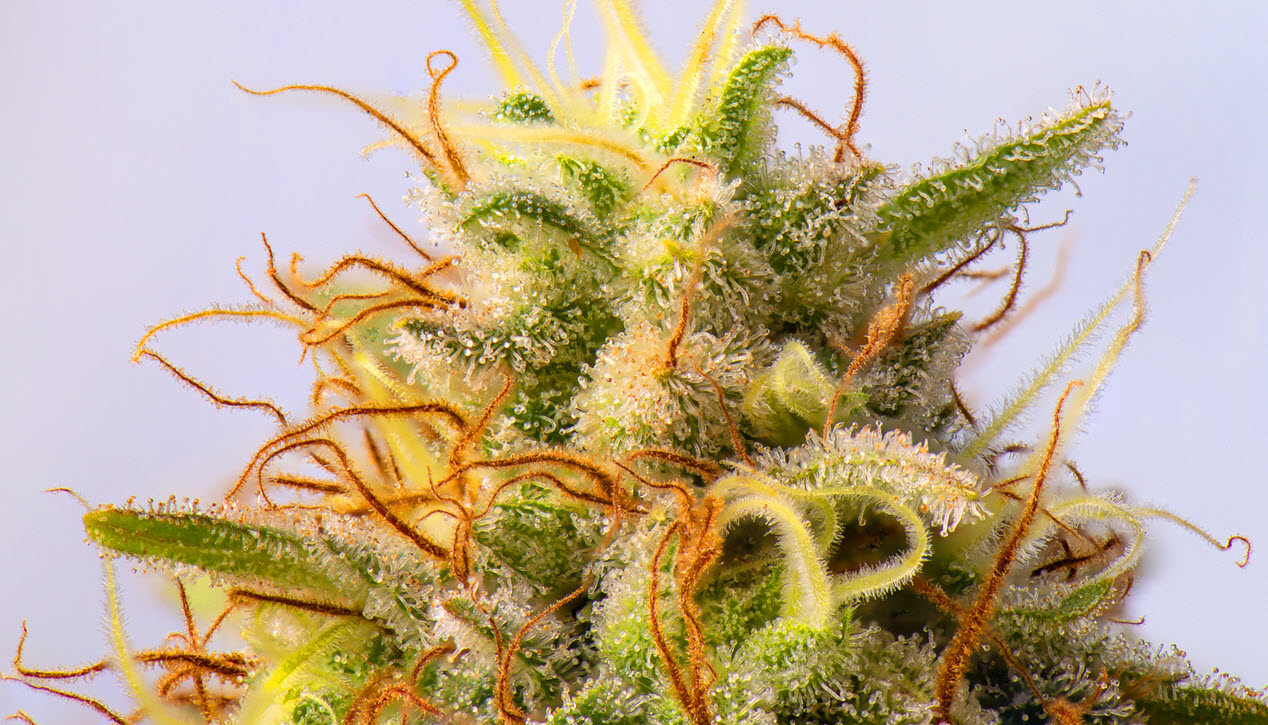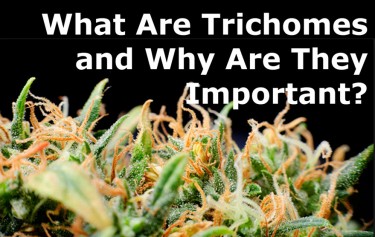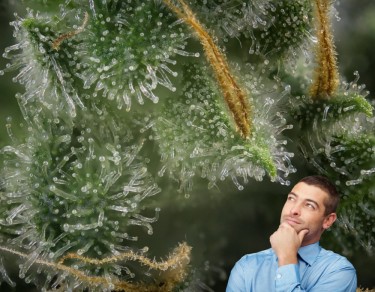
What are those tiny red hairs on cannabis buds?
Don’t be too surprised if you come across a regular cannabis user who knows very little about marijuana. This happens mainly because most of them only care about what the herb offers and they feel that there is no need to really understand the herb’s unique properties. Unfortunately, this is very disadvantageous. With the proper knowledge of your herb, you will be fully equipped with the necessary information you need to improve your cannabis experience.
In this article, we’re going to take a closer look at the tiny red hairs we see on weeds and how important it is in identifying a good batch.
The ability to differentiate between an indica-dominant hybrid and a sativa-dominant herb isn’t a common trait that you can easily spot in every cannabis user. It requires a good knowledge of the various parts of the plant’s anatomy. Let me briefly go over some of the most important parts of the cannabis plant anatomy that the normal cannabis user may not be familiar with.
Cola: This refers to the aspect of the cannabis flower that grows on the end of a branch. It also refers to the largest bud that grows on top of the main stem.
Bract: This refers to a special type of leaf-shaped tear that is covered by resin glands.
Chalice: Also known as the bud, it has a heavy concentration of sugar leaves with a significant amount of trichomes covering them.
Trichomes: This refers to tiny, bulbous globes with a good concentration of beneficial cannabinoids like THC and CBD. It also contains a good concentration of aromatic oils like terpenes.
Node: This is the part of the stems of the marijuana plant that fan leaves protrude from.
Fan leaves: A huge collection of leaves on the plant that make up a sizeable part of the crop and can easily be used to make food.
You’ll easily find that the weed’s red hairs haven’t been particularly highlighted among the prominent parts listed above. To understand this, we must first talk about another part of the cannabis plant, namely the pistil.
What is a stamp?
A stamp is simply a female cannabis organ. From this stamp protrudes the red hair we’re talking about. The tiny hairs are called “scars” and are mostly tiny strands of hair sticking out of the stamp. The role of stigma, as with other plants, is to collect pollen from male marijuana plants. When it comes into contact with the pollen of the male cannabis plants, the stigmas are pollinated, which leads to different processes in the plant.
The color of the stigma’s stigma before pollination is white, but as the harvest season begins, the color of the hair begins to darken and turn yellow or orange, depending on the load. Pistils produce seeds as a product of pollination, which plays an important role in reproduction but is not beneficial to a cannabis grower. This is important because after pollination, the plant’s attention shifts from producing resinous flowers, which are needed for cannabinoids, to developing the seed. This makes the weeds less effective in producing the desired medicinal and recreational effects.
Benefits of stamping in young and mature cannabis plants
There is a difference between pistils in young cannabis plants that are mature, which must be understood if we are to advance the meaning of stigmas and pistils. In young cannabis plants, male cannabis plants develop before female cannabis plants. For example, the feminized seed can be easily identified as female within the first three to six weeks after germination. In young plants, random pistils can easily stick out, which is why a close inspection is important in order to quickly identify pre-flowers. The presence of white hairs protruding from several knots during the examination shows that you have a feminine plant on your hand. However, the type of stem can affect how long you can easily determine what type of plant you have on your hands, as some can take up to 8 weeks to be confirmed as a female.
When the plants finally mature, the purpose of early detection of male and female cannabis plants can be achieved. The male cannabis plants must be removed from the growing area early enough so that they do not fertilize plants that defeat the purpose of the growing process. In addition to identifying plants at a young age, stamps can also be used to determine whether a plant is ready to be harvested. The color of the pistils can be used for this purpose, as their color changes with the stage of growth of the plant.
The stigma stays white for the first four weeks, which then turns yellowish, and eventually turns red, amber, or dark brown at harvest time. The timing of your harvest is very important as a grower and it is important to ensure that at least 50% of the stigmas have turned red or brown before considering a harvest. This is because this is the time when the buds are strongest and more beneficial to the grower.
Harvest precaution
It is important that you don’t wait too long before thinking about a harvest. If you wait too long, the stigma can dry out and affect the quality of your buds. At this point, degradation occurs and some of the THC would have been broken down into CBN, which has a decisive impact on the taste and potency of the plant. The pistil and calyx form the flowering plant of the cannabis plant, which is dried, cured, and consumed. It contains a good concentration of cannabinoids, which is why they need to be handled properly.
Bottom line
Understanding what stamps and scars are is of the utmost importance for any serious cannabis grower. If the benefit of this knowledge is not properly used, it can affect or interfere with the entire growth process.
MORE ABOUT TRICHOMES AND STIGMAS READ THIS ..

WHAT ARE TRICHOMES AND WHY ARE THEY IMPORTANT?
OR..

HOW DO YOU GROW MORE TRICHOMES ON YOUR CANNABIS BUDS?

Post a comment: